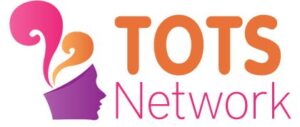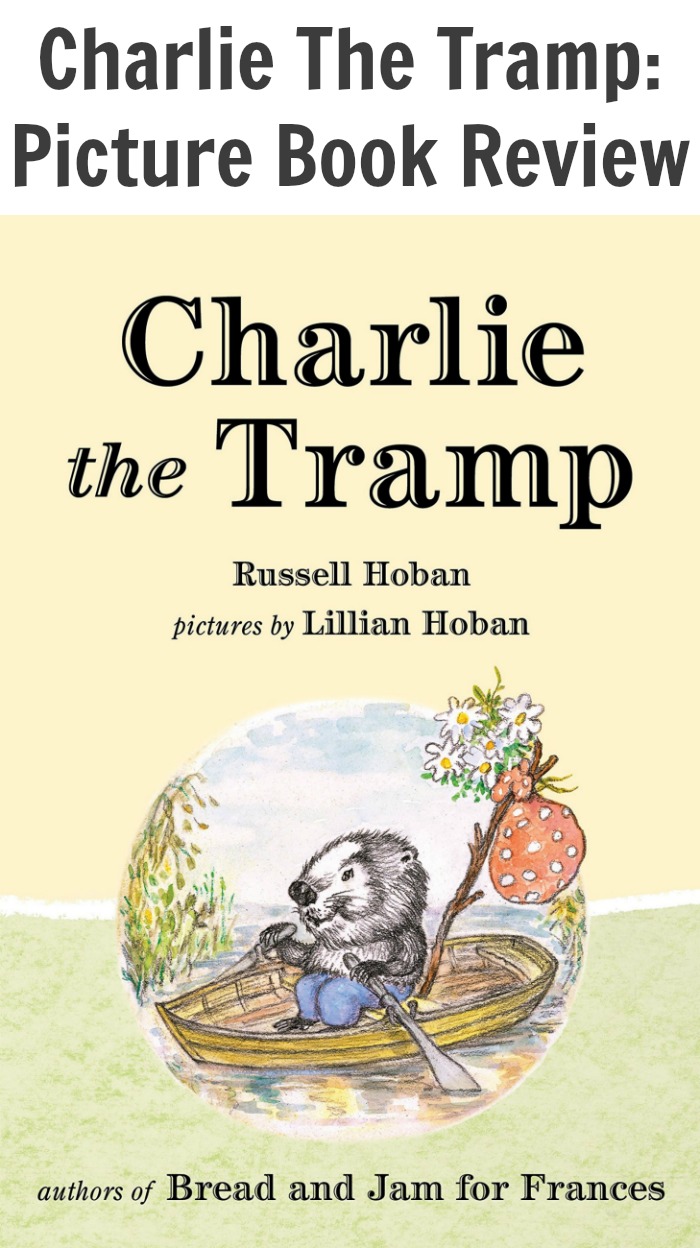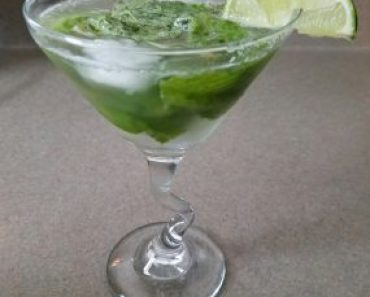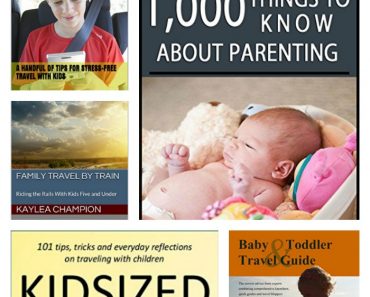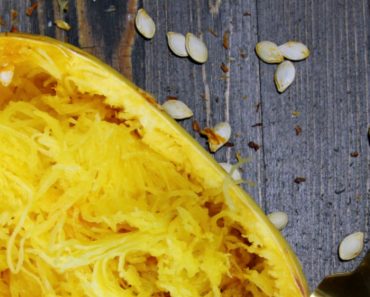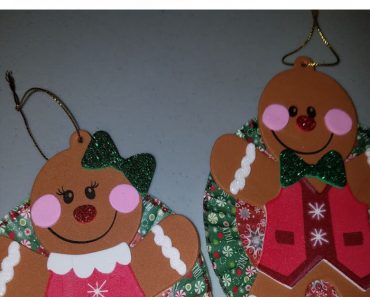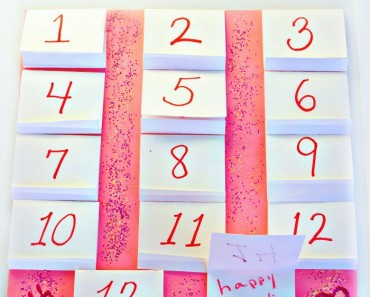I was absolutely delighted to receive this book in the mail. It was a total surprise, for one thing, having gone to my old house first. The new owner had forwarded it along with a charming note. It was bundled with a red hanky and box of good & plenty, which is part of the plot. And then, when I untied the hankie, there was this adorable little book written by Russell Hoban and illustrated by Lillian Hoban, who wrote one of my all-time favorite children’s series about Frances the Badger. I was eager to meet Charlie.
Charlie the Tramp: Picture Book Review
Not a Timeless Tale
I was dashing out to school when I discovered the package, so I couldn’t read it right away. As I drove, one difficulty with the book popped to mind almost right away. What does the word “tramp” mean to you? Hobo or prostitute? This word seems to have changed meaning almost completely in a generation, though I’m sure the change started before that. When the book was originally released in 1966, the word meant pretty solidly “hobo” of course. My parents almost always use the word that way. However, that is not the dominant meaning that it has now, right? I kind of hope I’m wrong–dictionary.com barely gives the slang meaning space at all–but I’m not so sure.
Of course, my children are not really familiar with the term in either sense, so maybe it isn’t a big deal. However, it appears several times on pretty much every page, and they tend to repeat things. Maybe it’s silly, but I don’t want to hear that my little girl is playing tramp on the playground. I just don’t.
&
&
The book seems to be about how to be a man. Charlie’s grandfather offers him a quarter, but then refuses to invest in the future of a tramp. Charlie longs for the open road, and he enjoys it, but his beaver instincts eventually compel him to go to work building a dam, just like his father and grandfather wanted him to. I cringed when the mother says, “That is how men are…they all want to be tramps” both because I dislike such broad generalizations and because who wouldn’t want a life of travel, little responsibility, freedom? We give that up because most of us prefer a dry bed and readily available food, but the longing, I think, pretty much crosses gender lines.
The book ends with Mother scampering off to make a big pancake breakfast because she’s just so proud of her boy. I suspect some people might take issue with that as too much of a stereotyped female role, but I feel disingenuous doing that myself. I’m totally the scamper off and make a pancake breakfast type.
The grandfather in the story repeats many times that in his day, children didn’t want to be tramps and embraced hard work. It’s funny. It seems to be a common trait in older people, and I find myself doing it sometimes. I think it’s a good observation about human nature. In the end, Grandfather makes the charming observation that “That’s how it is nowadays…you never know when a tramp will turn out to be a beaver.”
The Good
As in Frances, Charlie’s parents find that the best way to deal with a child’s desire to run away is to let them try it. I’m not saying I would do that, but I admire the philosophy. Charlie is kind of a “free range kid.” The good example his parents have set stands by him. He gets to have his adventures. The overall message seems to be reassuring parents that a little adventuring is not harmful.
Did I love the book? No. It’s no Frances. But I will read it to my kids–they’ve already asked–and with a little guidance and explanation, I think we’ll all enjoy it.
The post Charlie The Tramp: Picture Book Review appeared first on TOTS Family DIY, Recipes, Autism, Kids.
